Select an Orthopaedic Specialty and Learn More
Use our specialty filter and search function to find information about specific orthopaedic conditions, treatments, anatomy, and more, quickly and easily.
GET THE HURT! APP FOR FREE INJURY ADVICE IN MINUTES
Shoreline Orthopaedics and the HURT! app have partnered to give you virtual access to a network of orthopaedic specialists, ready to offer guidance for injuries and ongoing bone or joint problems, 24/7/365.
Browse Specialties
-
- Elbow
- Muscle Disorders
- Sports Medicine
Biceps Tendon Tear at the Elbow
Most often caused by sudden injury, a biceps tendon tear at the elbow tends to result in greater arm weakness than injuries to the biceps tendon at the shoulder. Without use of the biceps tendon, other arm muscles will make bending the elbow possible, however, these muscles cannot fulfill all elbow functions.
More Info -
- Neck and Back (Spine)
- Physical Medicine & Rehabilitation (PM&R)
Cervical Radiculopathy (Pinched Nerve)
When there is inflammation, compression (pressure), or irritation of a nerve root exiting the spine, the nerve may be unable to conduct sensory impulses to the brain appropriately, leading to varying degrees of discomfort and pain. The majority of patients with cervical radiculopathy, or a pinched nerve, get better over time, with no need for surgery or any type of treatment at all.
More Info -
- Arthritis
- Joint Disorders
- Knee
Knee Osteotomy
Osteotomy literally means “cutting of the bone.” When early-stage osteoarthritis has damaged just one side of the knee joint, or when malalignment of the knee causes increased stress to ligaments or cartilage, a knee osteotomy may be performed to reshape either the tibia (shinbone) or femur (thighbone) to relieve pressure on the joint.
More Info -
- Neck and Back (Spine)
- Pediatric Injuries
- Physical Medicine & Rehabilitation (PM&R)
Kyphosis (Roundback) of the Spine
The term kyphosis is used to describe the spinal curve that results in an abnormally rounded back. Although some degree of rounded curvature of the spine is normal, a kyphotic curve that is more than 50° is considered abnormal. There are several types and causes of kyphosis: postural kyphosis, Scheuermann’s kyphosis, and congenital kyphosis.
More Info -
- Foot & Ankle
Morton’s Neuroma
Morton’s neuroma is not actually a tumor—it is a thickening of the tissue that surrounds the digital nerve leading to the toes. Morton’s neuroma most frequently develops between the third and fourth toes, and occurs where the nerve passes under the ligament connecting the toe bones (metatarsals) in the forefoot.
More Info -
- Knee
- Pediatric Injuries
- Sports Medicine
Osgood-Schlatter Disease
In Osgood-Schlatter disease, children have pain at the front of the knee due to inflammation of the growth plate (tibial tubercle) at the upper end of the shinbone (tibia). When a child participates in sports or other strenuous activities, the quadriceps muscles of the thigh pull on the patellar tendon which, in turn, pulls on the tibial tubercle. In some children, this repetitive traction on the tubercle leads to the inflammation, swelling and tenderness of an overuse injury.
More Info -
- Foot & Ankle
- Sports Medicine
Peroneal Tendon Injuries
Basic types of peroneal tendon injuries are tendinitis, acute and degenerative tears, and subluxation. Peroneal tendon injuries occur most commonly in individuals who participate in sports that involve repetitive or excessive ankle motion. People with higher arches have an increased risk for developing peroneal tendon injuries.
More Info -
- Fractures, Sprains & Strains
- Hand & Wrist
Wrist, Distal Radius Fracture
A broken wrist, or distal radius fracture, is a common fracture that can occur even in healthy bone if the force of trauma is severe enough. This break often happens as a person lands on an outstretched hand when trying to break a fall. Automobile, biking, skiing and other similar accidents are also frequently causes.
More Info



